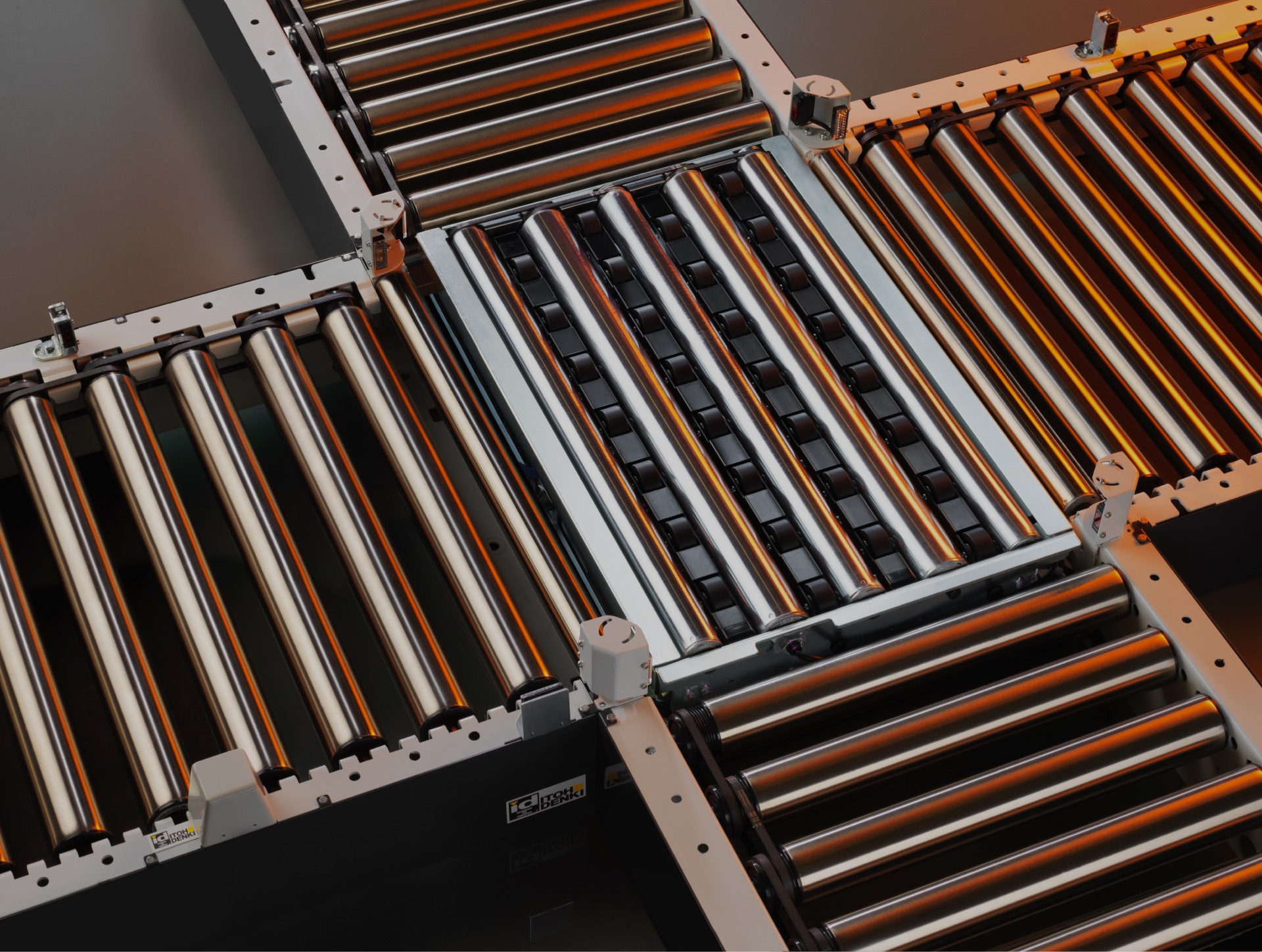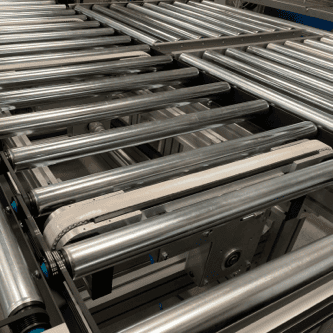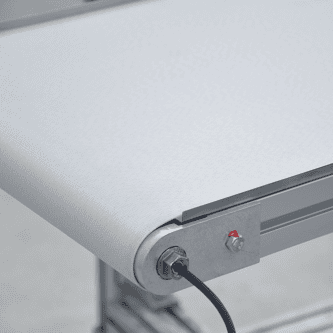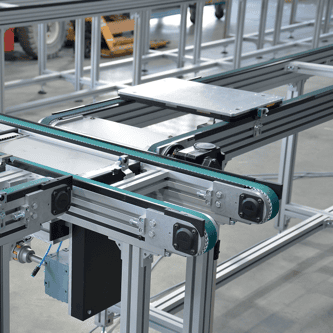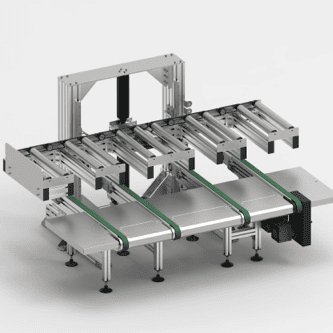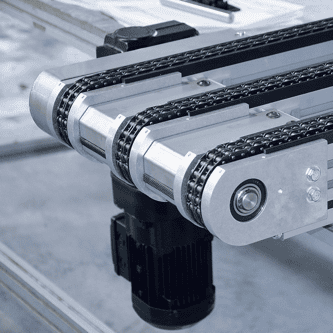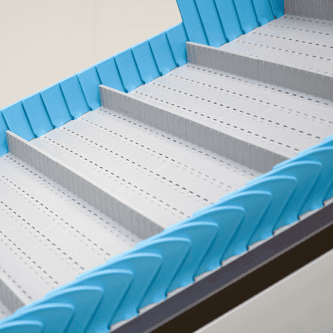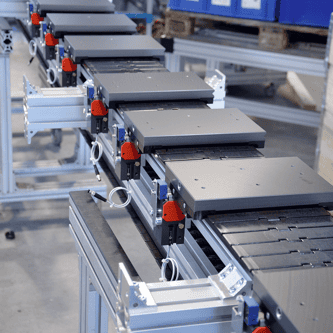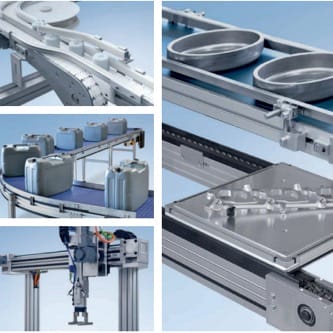In order to select the right solution, it is first necessary to analyse the desired application. Each type of conveyor is suitable for a different type of application, goods or environment. We will be happy to help you choose the ideal solution.
The decisive factors we will need to know from you to select the right conveyor are:
- Material, weight, size and characteristics of the load to be conveyed (sharp edges, shape of contact surface, temperature, total load on the conveyor
- the required length and height of the conveyor
- the surrounding environment - temperature, dustiness, pollution
- type of application - gradients, curves, conveyor speed, etc.
- mode of operation - reversing, continuous or cumulative operation
The following factors influence the selection of the right conveyor:
- The weight of the individual product
- Total weight
- Shape of the contact surface
- Size
- Temperature
- Shock sensitivity
- Dry vs. wet
- Oil content
- Sharp edges
- Other specific product properties (adhesiveness, stability, etc.)
- Temperature
- Contamination, e.g. by dust or chemicals
- EX (explosion hazardous environment) protection requirements
- Cleanroom conditions
- Food production areas
- Humidity
- Transportation on straight lines or curves
- Transportation at the same height or at different heights
- Total length and speed of conveyor
- Specified or unspecified orientation/repositioning/manipulation of the product
- Continuous operation or cumulative operation
- Cyclic operation, on/off operation
- Stopping/positioning
- Reverse operation
- Production stroke rate
- Drive location with motor orientation
- Tail (infeed and outfeed end)
- Type and surface of belt and any slots or side walls
- Maximum speed
- Motor speed mode (constant or controlled)
- Control box with frequency converter (if variable speed is required)
- Conveyor leg design, including working height
- Side rail type
- Additional accessories, if any

